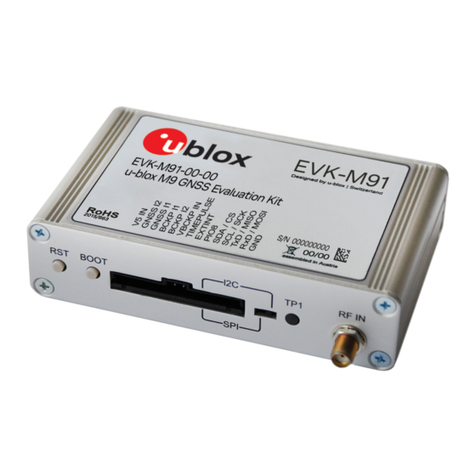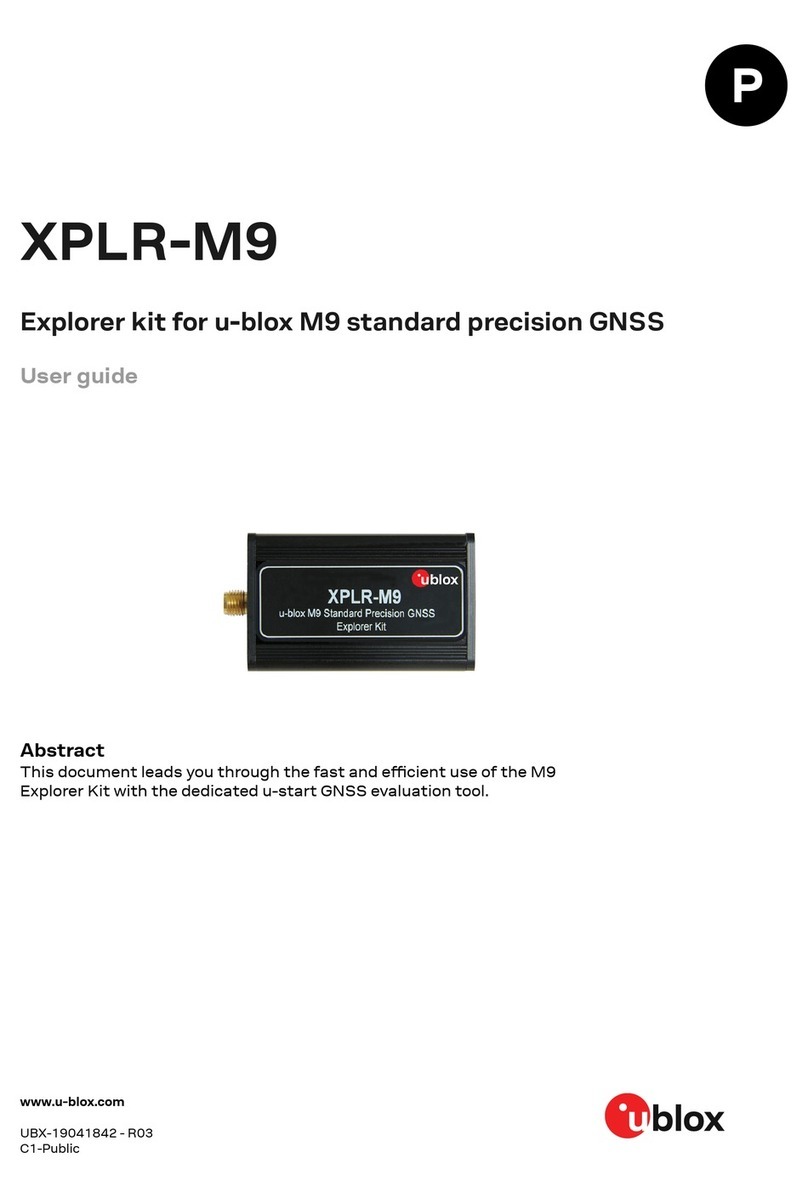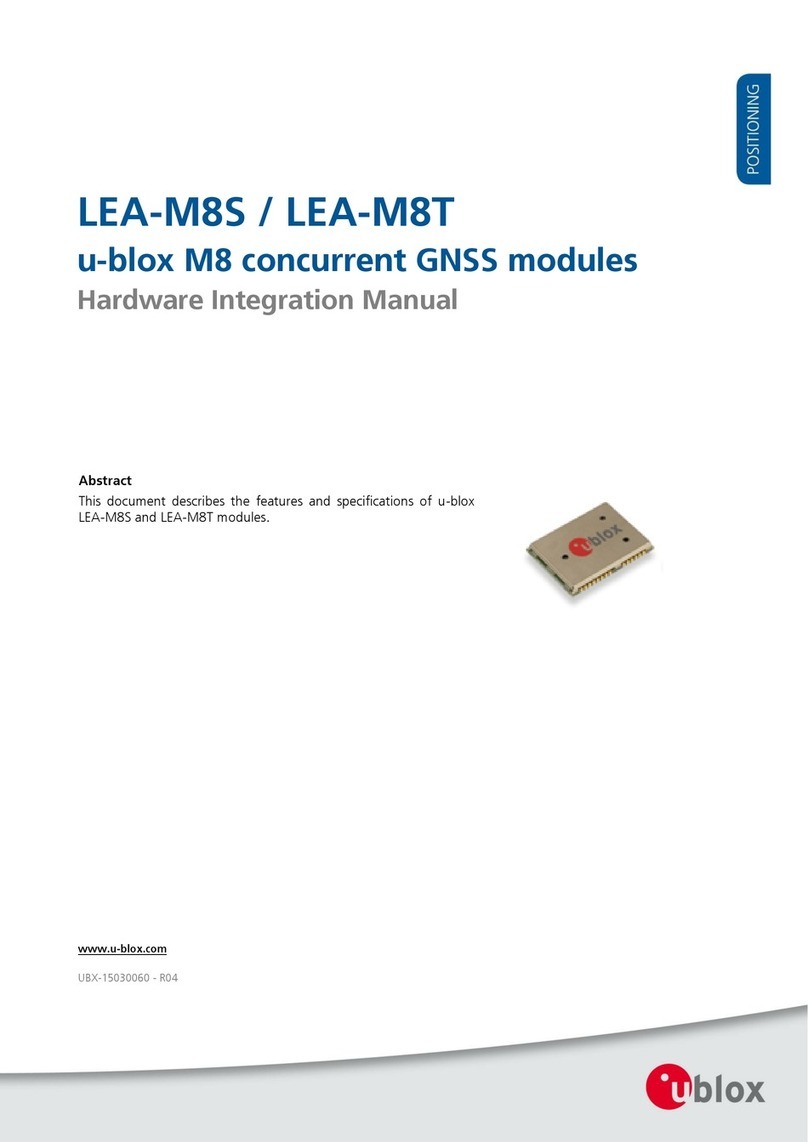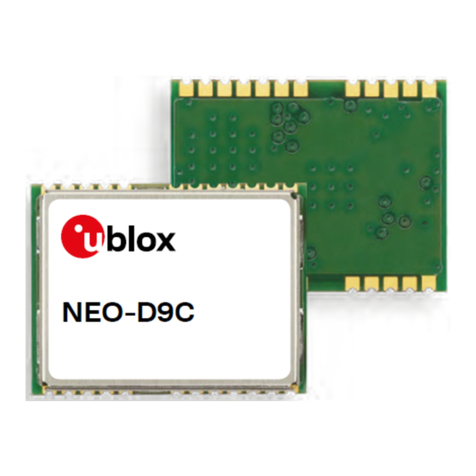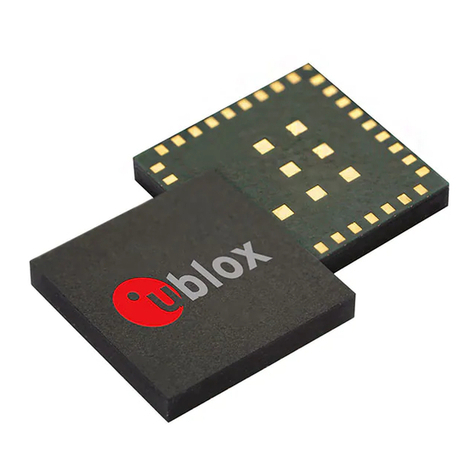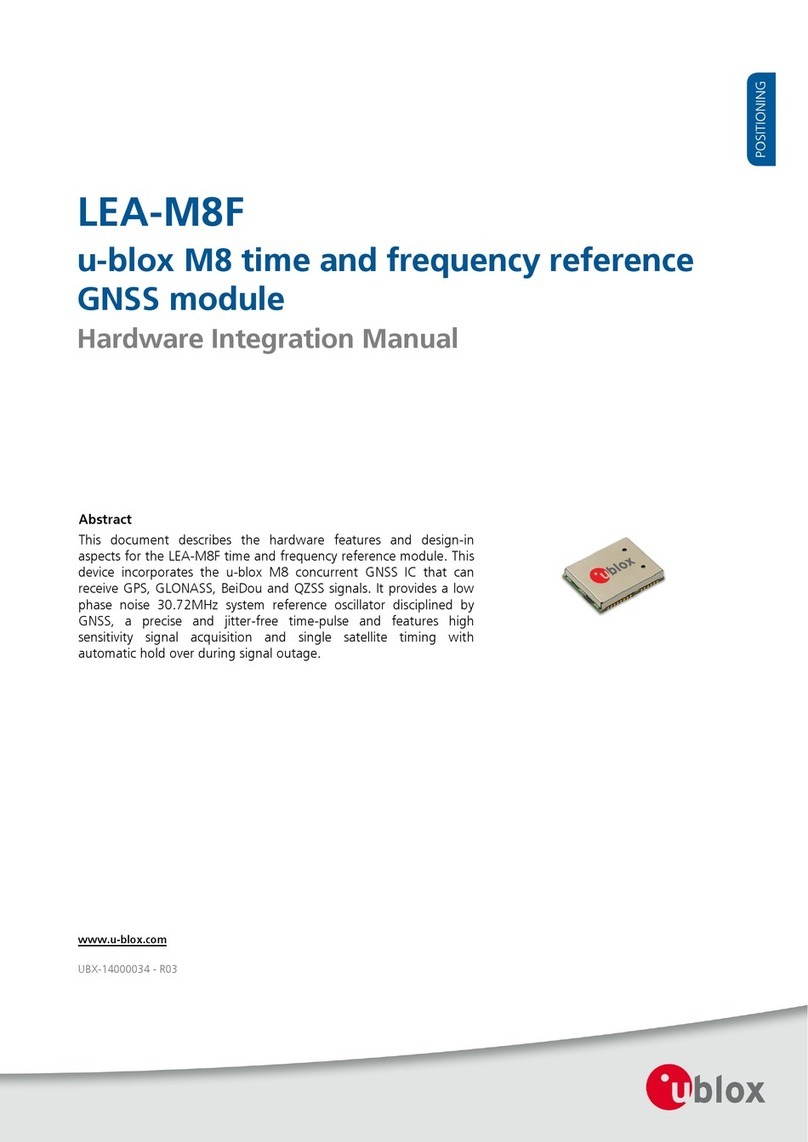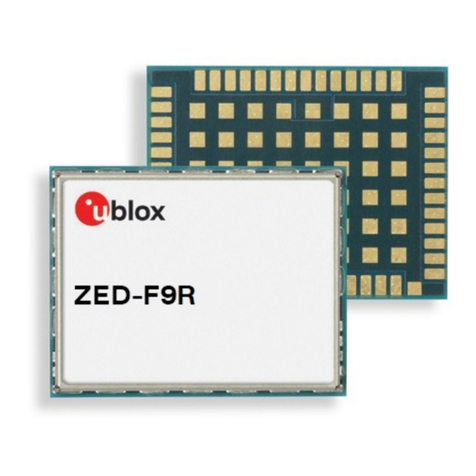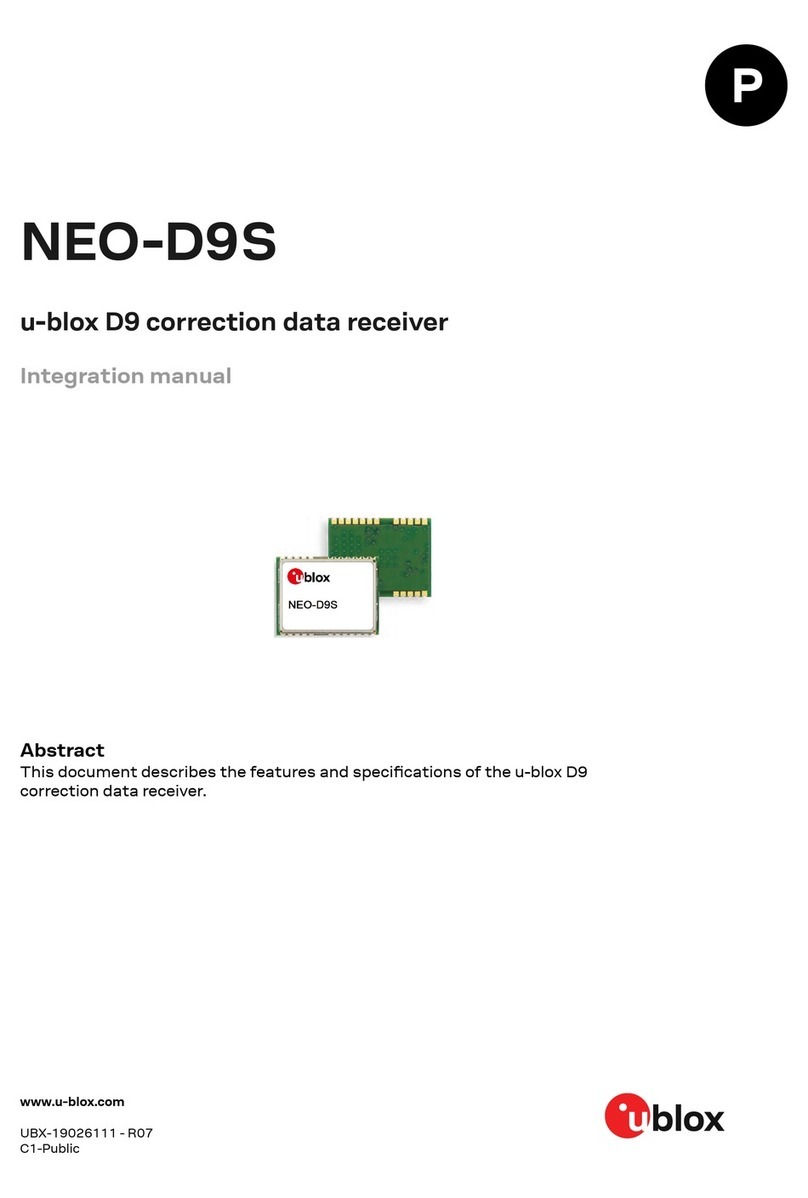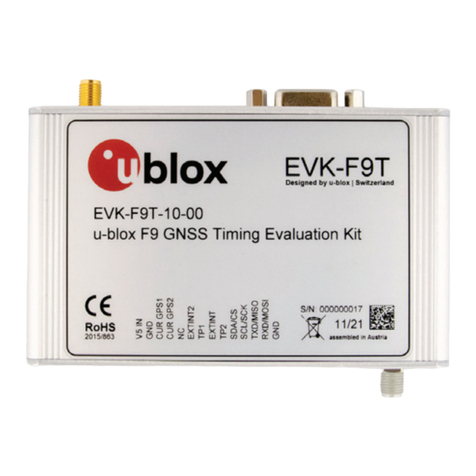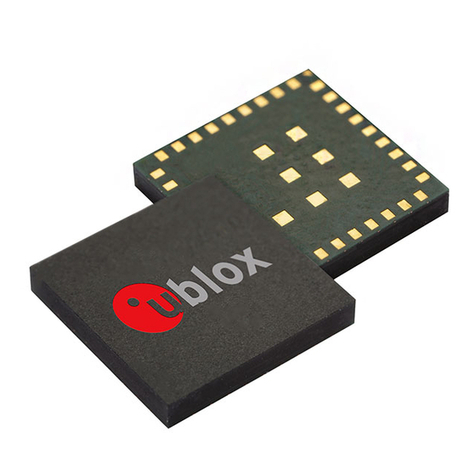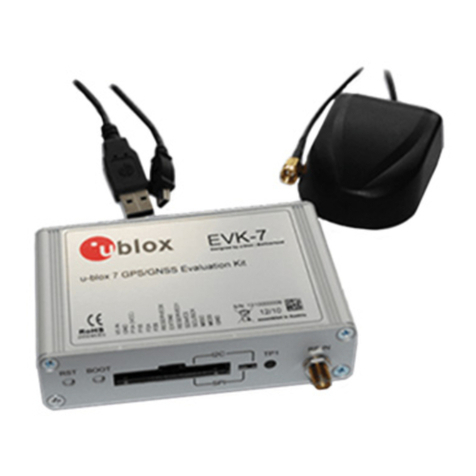
MAX-M10S-Integration manual
2.12 Protection level......................................................................................................... 50
2.12.1 Introduction.................................................................................................................................50
2.12.2 Interface.......................................................................................................................................51
2.12.3 Expected behavior..................................................................................................................... 52
2.13 Multiple GNSS assistance (MGA)....................................................................... 52
2.13.1 Authorization.............................................................................................................................. 53
2.13.2 Preserving MGA and operational data during power-off...................................................53
2.13.3 AssistNow offline.......................................................................................................................53
2.13.4 AssistNow autonomous........................................................................................................... 56
2.14 Data batching............................................................................................................ 59
2.14.1 Introduction.................................................................................................................................59
2.14.2 Setting up the data batching................................................................................................. 59
2.14.3 Retrieval....................................................................................................................................... 60
2.15 CloudLocate................................................................................................................60
2.15.1 CloudLocate measurements................................................................................................... 61
3 Hardware integration......................................................................................................... 62
3.1 Power supply.......................................................................................................................................... 62
3.1.1 VCC..................................................................................................................................................62
3.1.2 V_IO..................................................................................................................................................62
3.1.3 V_BCKP........................................................................................................................................... 62
3.1.4 Supply design examples.............................................................................................................63
3.2 RF interference......................................................................................................................................64
3.2.1 In-band interference.................................................................................................................... 64
3.2.2 Out-of-band interference........................................................................................................... 64
3.2.3 Spectrum analyzer.......................................................................................................................65
3.3 RF front-end...........................................................................................................................................66
3.3.1 Internal LNA modes.....................................................................................................................66
3.3.2 Out-of-band blocking immunity................................................................................................67
3.3.3 Out-of-band rejection..................................................................................................................68
3.3.4 Antenna power supply................................................................................................................ 69
3.4 Layout......................................................................................................................................................69
3.4.1 Package footprint, copper and solder mask.......................................................................... 70
4 Product handling................................................................................................................. 73
4.1 Safety...................................................................................................................................................... 73
4.1.1 ESD precautions...........................................................................................................................73
4.1.2 Safety precautions...................................................................................................................... 73
4.2 Packaging............................................................................................................................................... 74
4.2.1 Reels................................................................................................................................................74
4.2.2 Tapes...............................................................................................................................................74
4.2.3 Moisture sensitivity level............................................................................................................75
4.3 Soldering................................................................................................................................................. 75
Appendix.................................................................................................................................... 79
A Migration....................................................................................................................................................79
B Reference designs....................................................................................................................................81
B.1 Typical design.................................................................................................................................. 81
B.2 Antenna supervisor designs......................................................................................................... 83
C External components.............................................................................................................................. 85
C.1 Standard capacitors....................................................................................................................... 85
UBX-20053088 - R03
Contents Page 4 of 89
C1-Public

